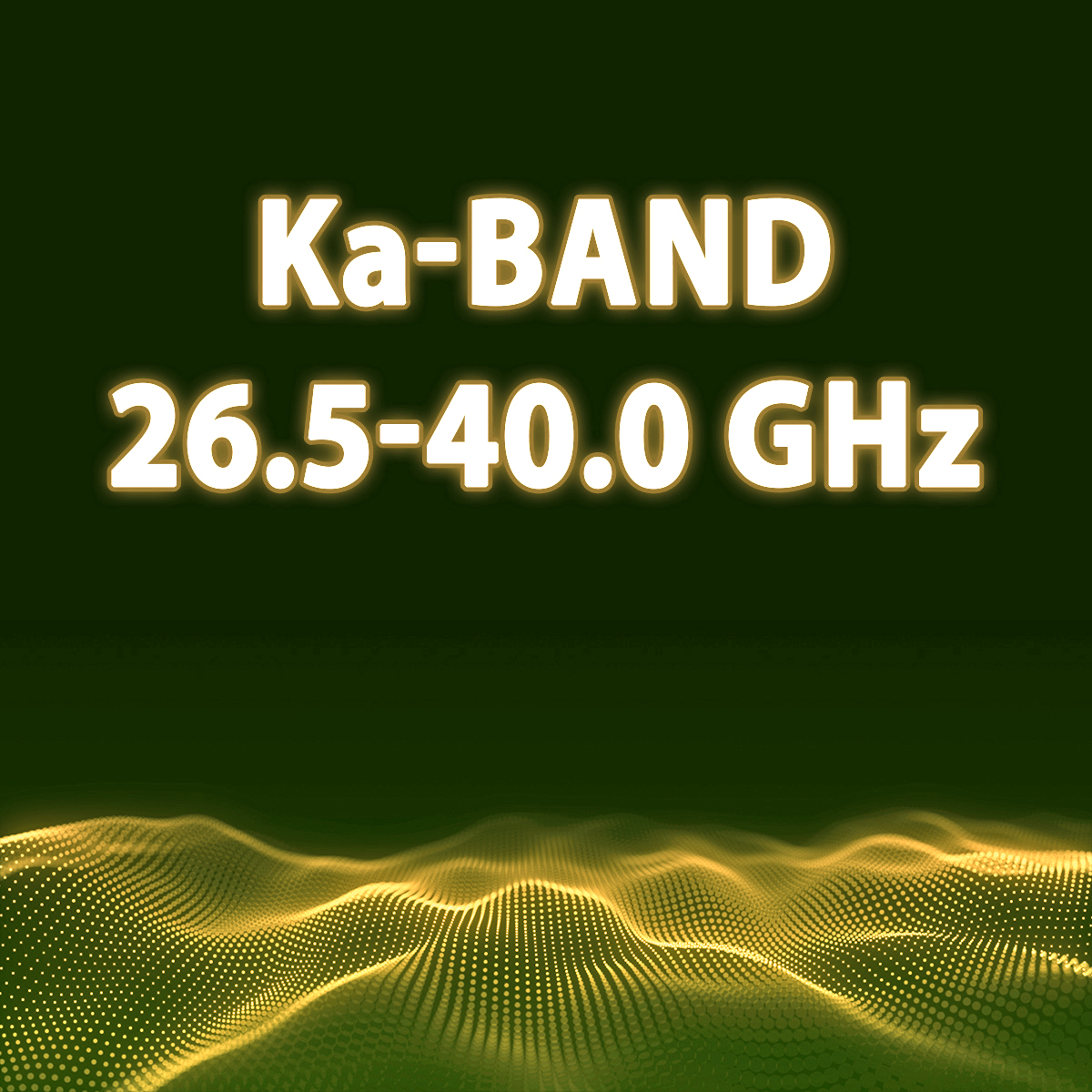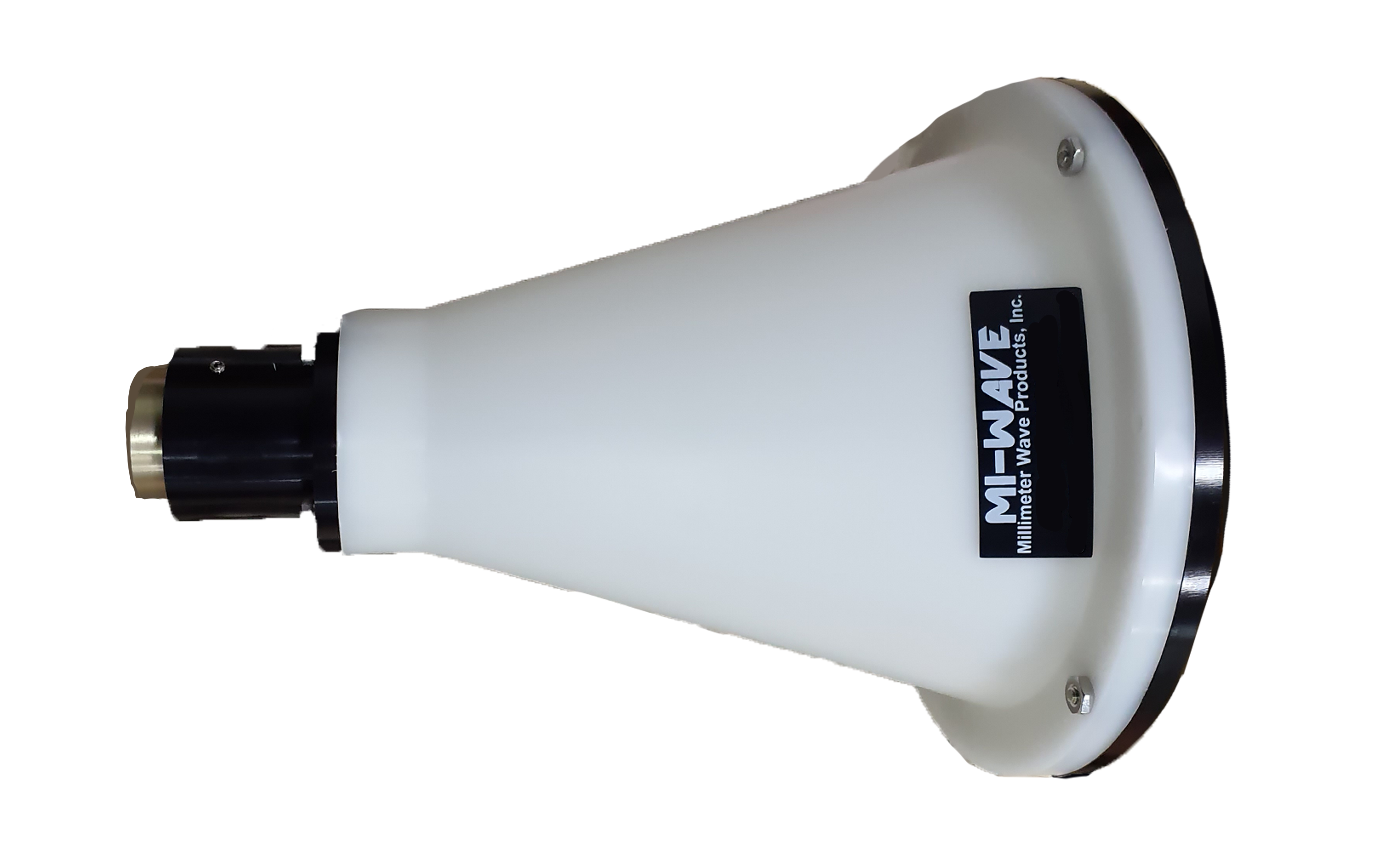| Frequency Letter Band | Ka-Band |
| Frequency Range | 27 to 40 GHz |
| Wavelength | 5.0 mm to 11.3 mm |
The Ka-band as defined by IEEE is a frequency range from 27 to 40 GHz. The Ka-band is mainly used for communications with satellites. The uplink frequency for satellite communications is usually around 27.5 GHz or 31 GHz.
Ka-band has several advantages like wide bandwidth, which is double that of the Ku-band and five times more than the C-band. This band has smaller wavelength, which means smaller components leading to smaller antennas and systems. The short wavelength results in high-resolution and thus can also be used for close-range radars. One of the main problems with the Ka-Band is the signal loss due to rain and humidity, as water vapor does resonate at this frequency.
Some Key Features of the Ka-Band
Antenna Size: The reflector gain of a signal is proportional to the square of the signal’s frequency. This means smaller antennas are required to receive and transmit at Ka-band frequencies because the Ka-band frequency range is higher than the traditional C-band and Ku-band. Smaller dishes are cheaper and also better for mobile applications like emergency deployments, temporary sites such as during large events.
Focused Power: Ka-band beams are much more focused, providing high throughput using the same amount of bandwidth, driving down the cost of the spectrum and per MB price. The Ka-band spot beams have a higher EIRP (Effective Isotropic Radiated Power) at beam center in comparison to Ku-band spot beams, allowing for higher data throughput and more capacity than Ku Band satellites.
Frequency Reuse: Focused spot beams allow frequency reuse i.e., when a service area has multiple spot beams, several beams can reuse the same frequency band, boosting the capacity of the satellite system.



